How has China penetrated India’s Telecom sector? Who was all behind this Chinese incursion?
Now after the violent clashes with India and China leading to the death of soldiers, the “Boycott Chinese Goods” clarion got momentum. How practical this is a big question. Recently, the Department of Telecom (DoT) on July 1, 2020 directed PSUs BSNL and MTNL to avoid Chinese equipment from the 4G network upgrading process. The DoT officials also said that private telecom operators would also be directed to stop using Chinese equipment. Being a Journalist who covered so many telecom scams and murky tales in the telecom sector, this newsflash has taken me to the history of Chinese entry into the Indian telecom sector.
Many Chinese products entered the Indian market in the mid-70s like cycles, automobile parts etc due to their low price and more finishing touches compared to the then-Indian products. Then came entry in the pharmacy sector and hardware machinery sector and then in computers. But entry into the telecom sector by 2007 (not individual mobile phones but in telecom networks) was controversial due to the inbuilt software (spywares) becoming problematic from a country’s security point of view. But these concerns were gone to wind due to the corrupt political leadership, bureaucracy and many unscrupulous private telecom operators who were just interested in money making, ignoring the security concerns.
Flashback:
India’s mobile phone sector witnessed a total change when Dhirubhai Ambani landed in the Telecom sector by giving a mobile phone and connection for just Rs.500 in mid-2002. At that time Reliance, mobile phone operations were headed by elder son Mukesh Ambani and later went to Anil Ambani after the family partition in 2006. All the mobile phones given to the public with just Rs.500 with connection were fully imported from China. Indian public at that time paying around Rs.9,000 to Rs.15,000 on average for a mobile phone with exorbitant call charges were overnight rallying in the queue before Reliance shops to get a mobile phone and connection for Rs.500. After getting a connection, Reliance used to charge the price of the mobile phone in installments along with the monthly bill, which ultimately leads to a lot of displeasure from customers on the hidden pricing. “Kar lo duniya mutti mein” was the Reliance advertisement for this package with a smiling Dhirubhai Ambani’s photo. Actually, these Chinese phones were not durable ones like European, Korean and Japanese makes. But due to low pricing large number of the public preferred Chinese due to its cheap price.
This great magic of pumping cheap Chinese phones by Reliance outsmarted other European mobile companies like Nokia, Siemens, Erickson, Motorola and Korean brand Samsung and Japanese brands like Sony, Mitsubishi along with other mobile operators like Airtel, Idea, Essar etc. So soon all the mobile operators were also forced to go for low-cost Chinese phones while giving connection.
"Many Chinese products entered the Indian market from mid-70s like cycles, automobile parts etc. due to its low price and its more finishing touches compared to the then Indian products."
Here come the typical Indian problems. Why has India never thought of manufacturing mobile phones in India? The answer is simple. Our system is always slow in the decision-making process and we started manufacturing mobile phones only in 2005 by inviting Nokia to start a manufacturing unit in Chennai and within a few years, we created hell for them through taxation issues, leading to shutting the shop. India allowed mobile phones in 1994 and started mobile phone manufacturing only in 2005. That is 11 years later, allowing other countries to pump their phones here. That is India’s policy-making whoever rules the country. Thankfully now Korean brands Samsung and Apple iPhones started manufacturing facilities in India in 2018 and many firms have started mobile phone and accessories businesses. Still, we have to go long way in archaic taxation to boost this sector.
The problem in Chinese mobile phones and the silence of Indian authorities:
Meanwhile, by 2006, so many Chinese phones started manufacturing and assembling in India. There were fake Indian brands also like Micromax etc. They were just importing raw materials and just assembling or importing with Indian names from China. But there was a problem with Chinese phones. These mobile phones, with internet connectivity and little-known funny brand names, were sold at anything between Rs 3,000 and Rs 6,000 when established companies like Nokia, SonyEricsson, and Motorola were selling handsets between Rs 15,000 and Rs 25,000. Why the Chinese were allowed to sell handsets at such throw-away prices remains a mystery. Within three years, by 2009, more than five crore Chinese mobile phones were sold in the Indian market. By 2009, Indian authorities found out that these phones were illegal because they were violating basic security norms.
This is a blatant violation: In 2003, in order to track mobile phones, the International Telecom Union (ITU), had insisted that all manufacturers provide a unique number for each mobile set called the International Mobile Equipment Identity (IMEI) number. Every mobile user can get this 15-17-digit IMEI number by pressing *#06# on his or her handset. According to the ITU, service providers must not provide a connection to a mobile phone without this IMEI number because this number helps security agencies track a subscriber.
The question is: Why did the Commerce Ministry under Kamal Nath and his deputy Jairam Ramesh, back in 2006, allow illegal Chinese mobile phones, that clearly violated international standards, into the Indian market? Why Telecom Ministry at that time headed by Dayanidhi Maran and A.Raja gave a connection to these Chinese mobiles without an IMEI number? Woken up in 2010 with a rude shock, Indian intelligence agencies, in a rather delayed intervention, alerted the Department of Telecom which then ordered service providers to disconnect all service to Chinese mobile phones operating without the IMEI number. The damage, however, had been done with more than five crores unaccounted for Chinese handsets already out in the market. And more than Rs.25,000 crore had flown to China by this. All these mobile phones without IMEI numbers went to the dustbin.
Entry of Chinese equipment’s in Indian telecom networks:
Allowing Chinese companies into India’s telecom networks by 2007 was the worst. The political leadership, corrupt officials and certain uncouth mobile phone operating Corporates were behind this. It is intriguing that despite repeated alerts from the Government’s intelligence and technical units, Chinese telecom giants Huawei and Zhong Xing Telecommunication Equipment (ZTE) were allowed into the Indian telecom sector by 2007. That time India’s Telecom Minister was none other than controversial A.Raja. No need to say further on this.
It is still a mystery as to how, back in 2007, Huawei was entertained in India, when all knew that the company is headed by officers of the People’s Liberation Army (PLA) of China and that it was founded in 1987 by Brigadier Ren Zhengfei and other ex-PLA officers. In fact, much before R&AW and Intelligence Bureau raised an alarm over this company’s presence here, the credentials of Huawei were questioned by junior telecom officials at the Sanchar Bhawan.
"It is still a mystery as to how, back in 2007, Huawei was entertained in India, when all knew that the company is headed by officers of the People’s Liberation Army (PLA) of China and that it was founded in 1987 by Brigadier Ren Zhengfei and other ex-PLA officers. In fact, much before R&AW and Intelligence Bureau raised an alarm over this company’s presence here, the credentials of Huawei were questioned by junior telecom officials at the Sanchar Bhawan."
According to Indian telecom engineers familiar with the case, Huawei’s first presentation to the Department of Telecommunication (DoT) for empaneling them as vendors, after they had crossed certain “political barriers,” sowed the first seeds of doubt. They say, “Huawei engineers boasted about having the unique advantage of a Remote Access Servicing System. When asked to explain, they said that their equipment, in case of any faults, can be repaired or serviced from their headquarters in China. Our engineers, out of curiosity, asked what kind of technology this was and how could they repair equipment installed in India by sitting in China.” Clearly unconvinced, India’s telecom engineers decided to probe further. “When we consulted our technical counterparts in the security agencies, they also found something fishy in this technology. Back then, the entire world was researching to decode the method behind this Chinese technology. Within days we found out that the company was installing some bugging software or chip in its equipment which enables the company’s Chinese headquarters to enter into our network without our knowledge,” say India’s smart telecom engineers. Despite the obvious seriousness of this alert, it was not entertained either by the DoT bureaucrats or their political masters; worse, those who raised these concerns were asked to keep quiet.
Huawei bagged several contracts in the BSNL’s southern networks, amounting to more than Rs 2000 crore during tainted A.Raja’s tenure. As R&AW and IB were putting pressures against Chinese equipment’s due to inbuilt spywares, the Indian political leadership came with a great compromise deal.
It soon became apparent that Chinese brokers had slowly but surely begun to dominate the power corridors in India, virtually kicking out existing European giants like Nokia, Ericsson, Siemens etc. It is an open secret now that most Chinese brokers in India are Hawala agents operating in New Delhi, Mumbai and Chennai and whose instant and speedy delivery of strategies alongside their ability to please the bureaucracy and politicians outwitted the tactics employed by the European vendors. Fact is all gave kickbacks because India is big market. But Chinese give it smarter and faster ways.
Following Huawei, Indian authorities allowed yet another Chinese company, the ZTE, into the telecom sector in 2008. By that time Anil Ambani’s Reliance was mainly using ZTE and helping them to lobby in India. This company, founded in 1985, is a listed company in the Shanghai Stock Exchange and is a strategic partner to many Chinese defense establishments. In fact, a major stake in this company is still controlled by Chinese Government units connected with defense and aerospace. Between the two of them these telecom giants managed to corner plenty of business in the Indian telecom sector.
Huawei bagged several contracts in the BSNL’s southern networks, amounting to more than Rs 2000 crore during tainted A.Raja’s tenure. As R&AW and IB were putting pressures against Chinese equipment’s due to inbuilt spywares, the Indian political leadership came with a great compromise deal. The deal was don’t use Chinese equipment’s in North Indian telecom networks and decided to use in South Indian telecom networks. What an Idea!!!!
Given the stiff competition and the Chinese vendors’ cheap pricing policy, private mobile operators too started getting drawn to these companies. It is a well-known fact that the Chinese Government reimburses losses, in the form of subsidy, in several ways, to their companies for bagging international contracts. Things went largely undisturbed till Indian intelligence agencies alerted in 2010 by their American and British counterparts about the exact nature of the bugging software/chip hidden inside the Chinese telecom equipment.
“The bugging software or chip is now widely known as the Manchurian Micro Chip. This is an advanced, spy software developed by Chinese hackers with the help of the Call-Home Technology. As soon as anyone installs a Chinese equipment, it is reported to its master server in China. That means, at any given time they can infiltrate our network and jam it as and when they wish to. The technology also helps them enter our network and access sensitive data. Still, it took months for our Government to take action and ban them,” say telecom engineers.
The first official international alarm against Chinese telecom operators was sounded in September 2009 by the Australian intelligence agency, Australian Security Intelligence Organization (ASIO) that officially started investigations into Chinese telecom equipment installed in their country. Following investigations, Huawei was promptly asked to replace all Chinese engineers in Australia and the ASIO ordered the insulation of their network by de-bugging the devilish Manchurian Micro Chip. Predictably, amid allegations pouring thick and fast against this bugging software, Chinese diplomats chose to term the entire matter, “American pulp fiction”. Playing the aggrieved party, they said investigations on Chinese cyber infiltrations worldwide amounted to denial of a level playing field. Back in India, the Telecom Ministry’s plan to grant a Rs 36,000 crore GSM line tender to Huawei in 2010 was cancelled by the Prime Minister’s Office after security agencies confirmed the presence of bugging software in their equipment. In a shocking move, however, the Telecom Ministry then under A.Raja, advocating Huawei’s cause, said that while border areas can be avoided, the company must be allowed access to the rest of the country. Fortunately, on the intervention of the Central Vigilance Commission and the Advisor to Prime Minister Sam Pitroda, cancellation of the entire tendering procedure was ordered. Then Huawei and ZTE used Indian media with tall claims about “huge investments and huge employment” they plan in India.
In ‘The Pioneer’ newspaper on May 16, 2010, I wrote a full-page article on this incident. The article was based on the mid 2010 fight between then Home Minister P Chidambaram and Environmental Minister Jairam Ramesh on Chinese entry on India’s telecom networks. Jairam Ramesh was caught in a controversy for supporting Chinese companies and later Chidambaram flexed muscles and I feel after flexing muscles Chidambaram must have satisfied with Chinese after getting his pound of flesh in the battle. Those days Huawei and ZTE representatives and Chinese diplomats were always seen in the Home Ministry’s office corridors waiting for Chidambaram. Later ‘Mogambo khush hua.’ And Indian media too kept silence as Chinese telecom companies’ advertisements were pumped.
"The first official international alarm against Chinese telecom operators was sounded in September 2009 by the Australian intelligence agency, Australian Security Intelligence Organization (ASIO) that officially started investigations into Chinese telecom equipment installed in their country. "
The latest info
Now it is exposed that Anil Ambani’s Reliance was using full Chinese equipment’s and he had bagged Rs.15 billion dollar from Chinese Banks from 2008 to 2010. According to Chinese Banks’ cases (now with interest dues Chinese banks demand 18 billion dollar) filed before the London Court, this huge loan was given to install Chinese equipment’s in India’s telecom and power sectors. According to Aid Data’s research paper on China’s Global Footprints, in May 2008, first Reliance Communications got 750 Million Dollar to purchase Chinese telecom equipment from Huawei. This loan was given by China Development Bank when Anil Ambani’s Telecom firm bagged the controversial GSM license in November 2007 with blessing of then Telecom Minister A. Raja and then Finance Minister P Chidambaram.
In December 2010, the Chinese Development Bank with other Chinese banks’ consortium funded a big loan of 1.93 Billion Dollars to Anil Ambani’s now-defunct Reliance Communications. This was used for short term refinancing and to buy controversial Chinese equipment from Huawei and ZTE, which was always objected to by India’s Intelligence Bureau. Though IB sleuths objected, Anil Ambani always managed to get clearances from Home Ministry and Telecom Ministry, who was always seen in all Ministers’ offices or homes including Prime Minister’s office or home on every Wednesdays during Congress led UPA regime.
Now Anil Ambani is bankrupt and still getting favors from BJP Government also. On May 23, 2020, the London Court ordered to pay immediately 717 million dollars in 21 days in the demands raised by Chinese banks. As per the London Court’s Order, Anil Ambani was supposed to pay these 717 million dollars (Rs. 5400 crore) by June 13, 2020. As per the information this payment is not yet paid. How bankrupt Anil Ambani going to pay all these huge dues is a multi-billion-dollar question.
Now dear readers, what is the point in current propaganda of boycotting Chinese products? We have seen how our Intelligence agencies and telecom engineers’ warning were ignored by India’s political leadership, officials and certain Corporates. Now, the Department of Telecom directed PSUs BSNL and MTNL to avoid Chinese firms from telecom networks. The DoT officials say private telecom operators will also be directed to do so. Mukesh Ambani’s Reliance Jio, which has already pumped Millions Chinese phones in Indian market and other operators too. Sensing the atmosphere, Mukesh Ambani declared that Chinese equipments are not used in his networks. Now he is in the good book of United States by avoiding Chinese equipments from network, while dumping all low-cost Chinese phones in India. Only time will tell on the changing market equations subject to changing geo-political equations and its ups and downs.
(Journalist working with ‘The Pioneer’ newspaper, credited for reporting many telecom scams.)







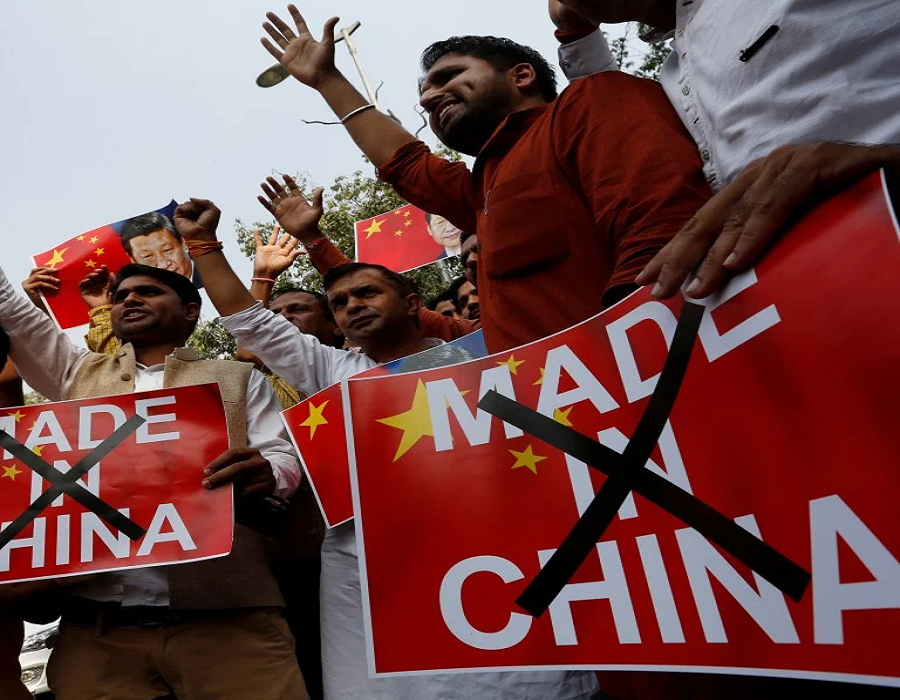
 OpinionExpress.In
OpinionExpress.In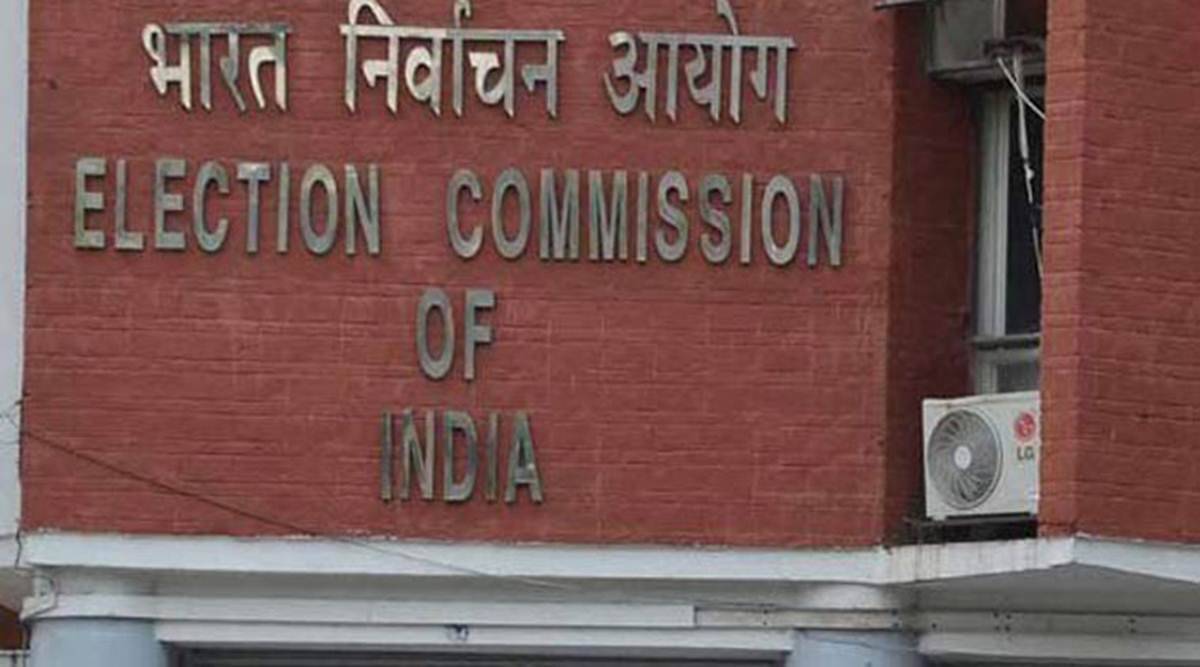
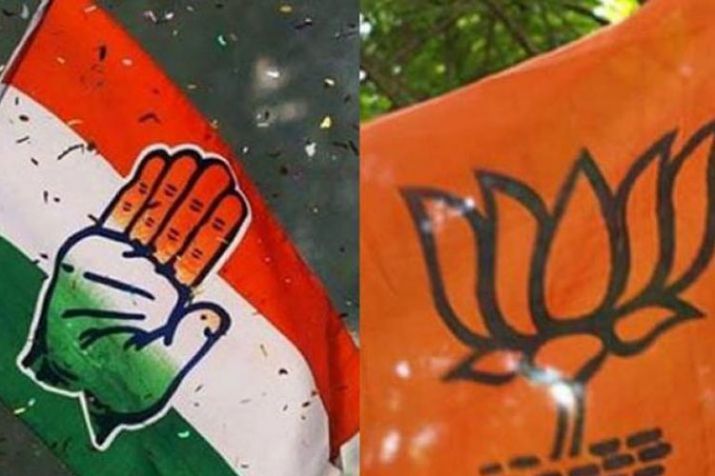

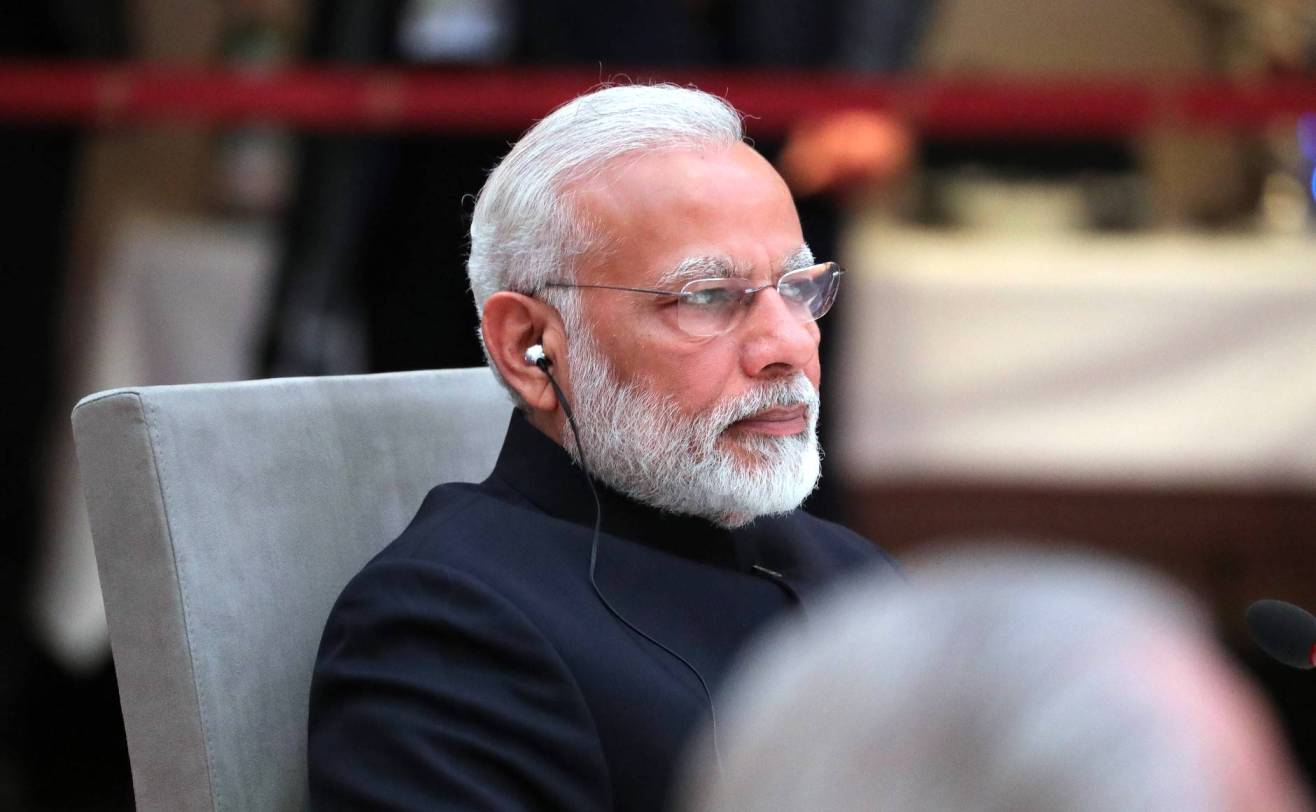

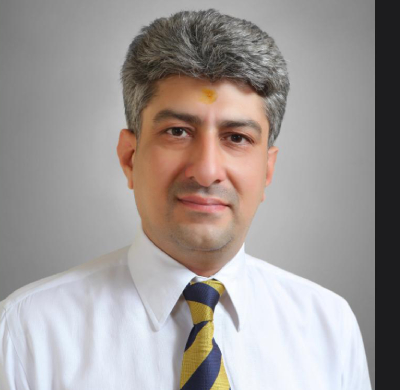
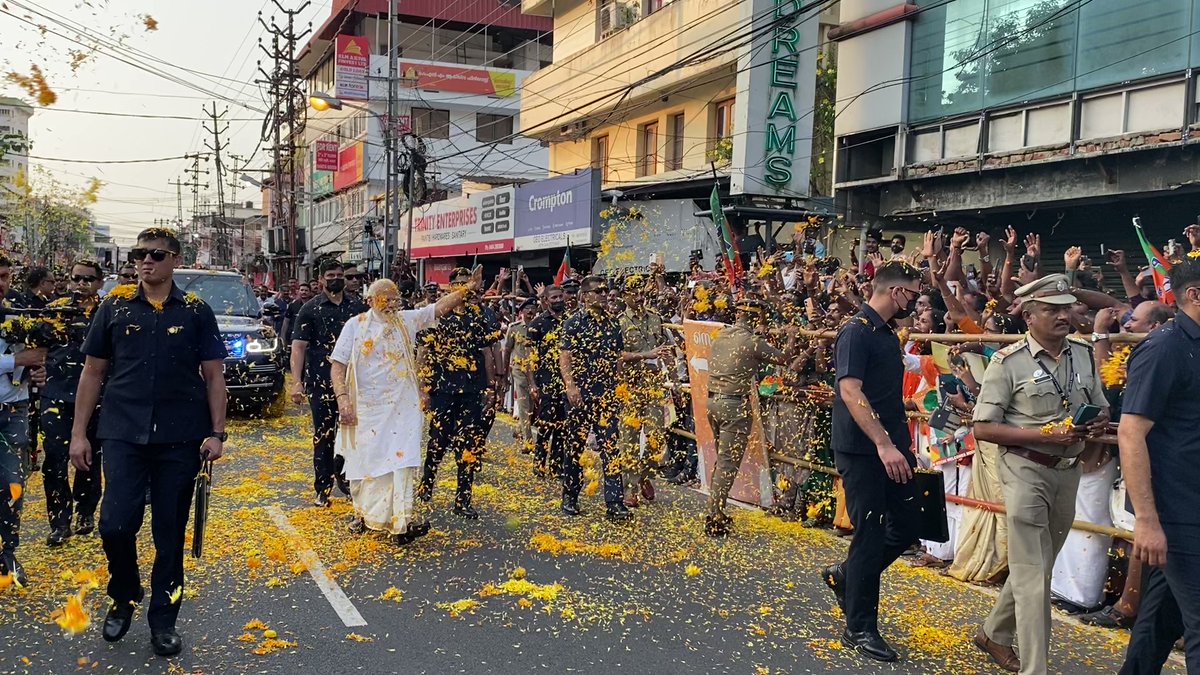


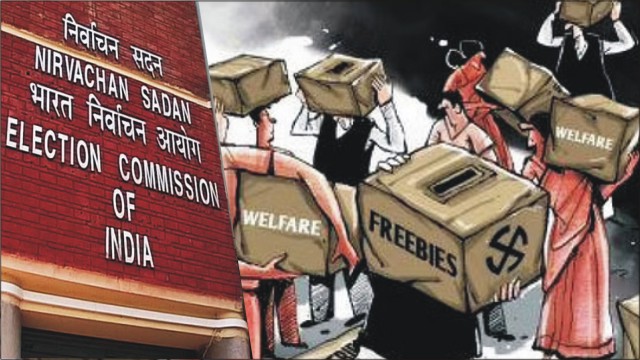






Comments (0)